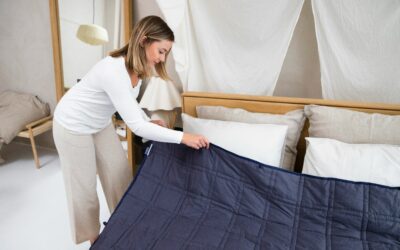
Selling your home is a significant step, and it’s important to know what household items you’re expected to leave behind for the new owners. Understanding this can help ensure a smooth transition and avoid any misunderstandings during the sale process. Let’s dive into what typically stays and what can go with you.
Fixtures: Generally, They Stay
The golden rule in real estate sales is that fixtures stay. But what exactly is a fixture? A fixture is anything that is permanently attached to the property. This includes items like:
- Light Fixtures: Chandeliers, ceiling fans, and any lights that are wired in.
- Built-In Appliances: This can include ovens, dishwashers, and sometimes refrigerators if they are built into the cabinetry.
- Window Treatments: Blinds, curtain rods, and built-in window coverings.
- Landscaping: Any trees, shrubs, or flowers planted in the ground.
Personal Property: Usually Goes with You
Personal property, on the other hand, is not typically included in the home sale. These items are not attached to the property and include:
- Furniture: Couches, beds, chairs, and dining tables.
- Loose Appliances: Freestanding refrigerators, microwaves, washers, and dryers.
- Decor: Artwork, freestanding mirrors, and other decorations.
Exceptions and Negotiations
Sometimes, the lines can be blurred, and that’s where negotiations come in. For instance, you may have a sentimental attachment to a chandelier that’s been in your family for generations. In such cases, you can negotiate with the buyer to either exclude it from the sale or provide a suitable replacement.
Also, some buyers may request certain items to be included in the sale – like the washer and dryer, or even some of the furniture. These negotiations should be clearly outlined in the sales contract to avoid any confusion.
Legal and Contractual Obligations
It’s important to check your local laws and regulations as they can sometimes have specific requirements about what stays and what goes. Additionally, everything agreed upon should be clearly stated in the purchase agreement. This contract should detail all fixtures and personal property included or excluded in the sale.
Final Tips
- Be Clear in Listings: When listing your property, be clear about what’s included and what’s not.
- Consult Your Real Estate Agent: They can provide guidance based on experience and local laws.
- Document Everything: Ensure all agreements are in writing to avoid disputes.
In summary, when selling your home, fixtures generally stay, personal property goes, and anything in between should be negotiated and documented. Understanding these distinctions can help you prepare your home for sale and ensure a smooth transaction for both you and the buyer.
Interested in more real estate tips and insights? Stay tuned to our blog for regular updates and expert advice.




